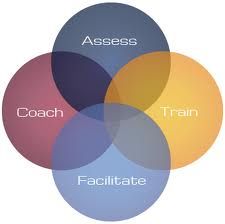JOHN COSMAS
Program Manager
home | practice & experience | representative work | portfolio | contact | site map | find
![]()
|
|
|
|
|
|
|
|
|
| |||||||||||||||||||||||||||||||||||||||||||||||||||||||||||||||||||||||||||||||||||||||
|
|
This client-server model operates within a Citrix environment allows users to login and manage ACCESS applications and attempting to integrate code that would repeat the operations of the existing clerks to produce the necessary output. As experience dictates, this would involve the integration of some external code to ensure that the human operations are repeatable PROGRAMATICALLY. Any existing user prompts, queries, import & export procedures would be transparent to the application to support seamless interactivity, while suffering no loss of productivity.
TBD. This well rounded system features include:
TBD
The 2-tiered solution that was produced, had to accommodate a host of technical capabilities to meet the AUTOMATION requirements, which was not limited to the simple steps of generating report output, but a set of operations to ensure that the entire process is compliant. The difficulties of traversing the WM environment using the iSeries ActiveX controls were overcome and standard DAO operations facilitated the transfer of query output files into data tables that were easy to navigate. The following features were integrated into the design of the LMS solution.
TBD
TBD |
|
TBD.
TBD:
These are just some of the many features of the LMS MANAGER, which enables administrators to create new jobs, re-run failed jobs, monitor performance and perform audits to meet compliance requirements.
New control fields were put into place to support AUDIT processes to meet SOXS compliance. This ensures that any new elements such as EMPLOYEES may be documented. Changes made to EMPLOYEES and LABOR data such as RATES, LOCATIONS, SHIFTS and SKILL CENTER or departments are carefully tracked so that the application data remains compliant for reporting purposes.
INBOUND files containing transaction records for processing are delivered via OUTLOOK. The LMS SERVICE must traverse the INBOX folder to locate a file that meets the characteristics of the individual job requirement by opening them, inspecting its content and matching it against certain parameters such as SHIFT DATES, WAREHOUSE, SKILL CENTERS and other elements. Once these conditions have been satisfied, the JOB SERVICE will continue to process the file to complete the JOB STEPS it was intended to perform. This requirement was applied to other jobs as well with similar needs as different vendors would supply various formats and layouts. Therefore, the VALIDATION code is very explicit in its functionality, but flexible enough to accommodate other forms such as CSV, XLS, EDI and XML documents as well. A log of these INBOUND transactions are retained for auditing and to accommodate processes where partial data for a SHIFT DATE is transmitted in chunks.
A maintenance module was developed to reduce and eliminate any old messages to ensure that the OUTLOOK account would not suffer the overhead and size of file transmissions. This will reduce the footprint of the applications, while logs are retained for audit purposes when files are EXPUNGED.
A unique service that has been added is the support for XML and EDI transactions. A simple SPECIFICATIONS translator was designed to generate an IMPORT SPECIFICATION to facilitate the transformation of INBOUND files into discernable transactions. This enabled future support for DTD documents and changes while retaining the performance and integrity of the underlying BI applications. A set of functions were created to extract and transform INBOUND data into a series of tables in MS ACCESS data files making it easy to process.
A design framework was put into place along with extensive documentation to enable a new set of BI solutions to be developed with relative ease and compliance. This enables any new development to take place RAPIDLY, which ensuring that the basic principals of LABOR & ERGON MANAGEMENT are observed.
A complete set of documents were prepared comprising of charts, matrices, step-by-step how to's, and troubleshooting guide to help administrators and provide developers with technical information on the day-to-day operations. This was not available previously. Specific topics such as integration, development of new solutions, testing, debugging and problems with OFFICE updates were addresses, along with instructions on how to navigate the AS/400 applications. A journal was also prepared to answer concerns about the technical difficulties of communications with AS/400 and traversing transaction data. Changes made on a daily basis with rationale was documented to facilitate developers who may be assigned to continue the effort. Industrial engineering concepts, principles and labor related practices were also covered to enable developer and engineers to navigate the solution architecture when new demands and tools are developed.
|
| |||||||||||||||||||||||||||||||||||||||||||||||||||||||||||||||||||||||||||||||||||||||
Privacy Policy | Terms of Use
home | practice & experience | representative work | portfolio | contact | site map | find




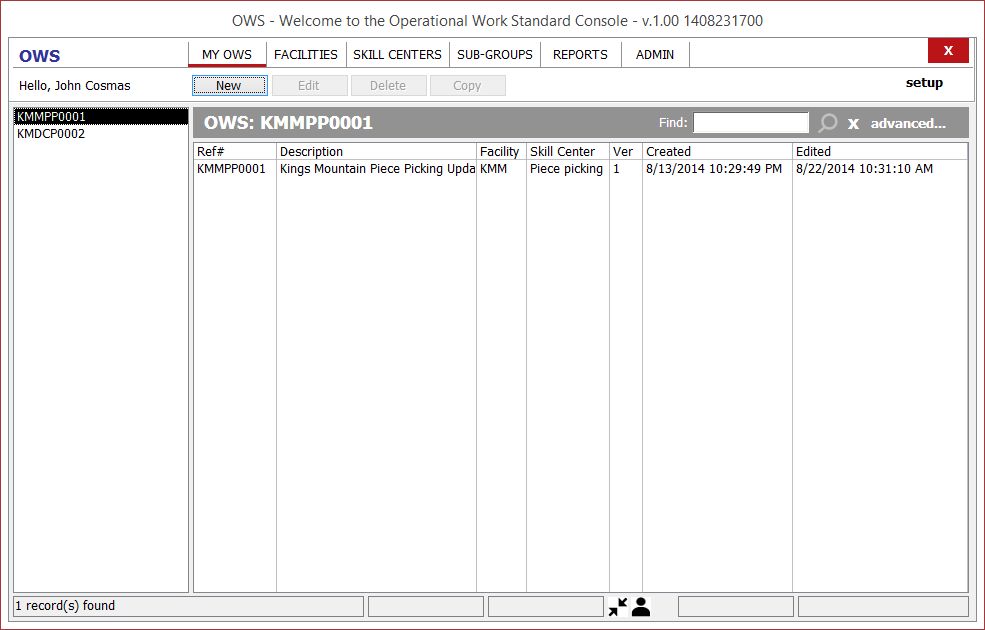

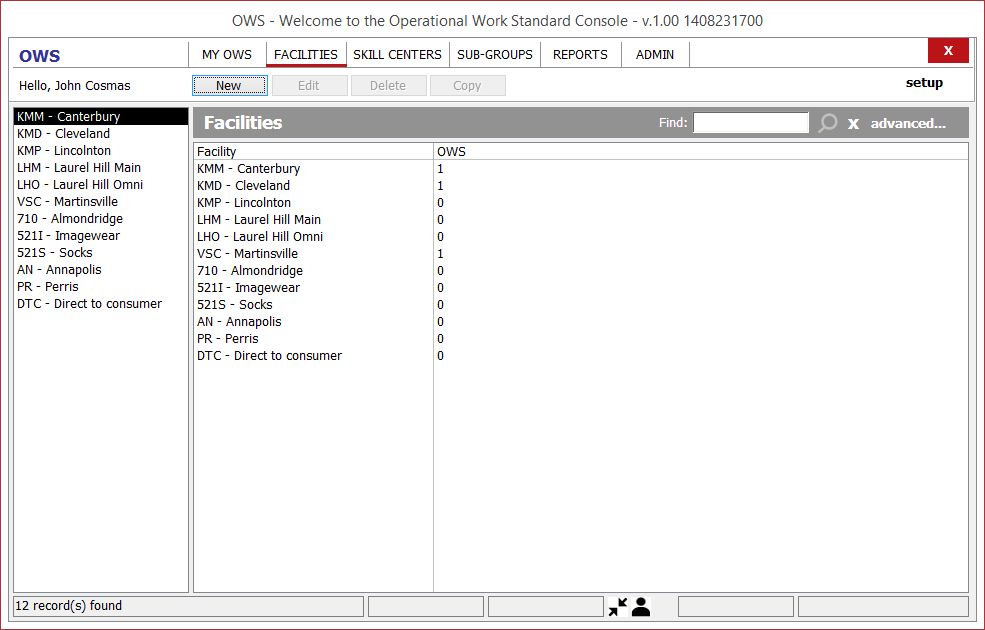
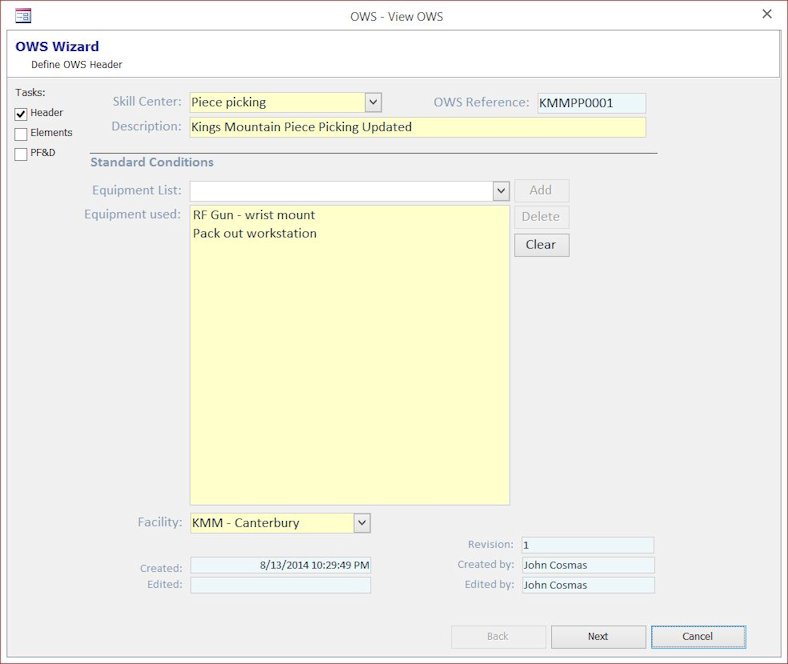
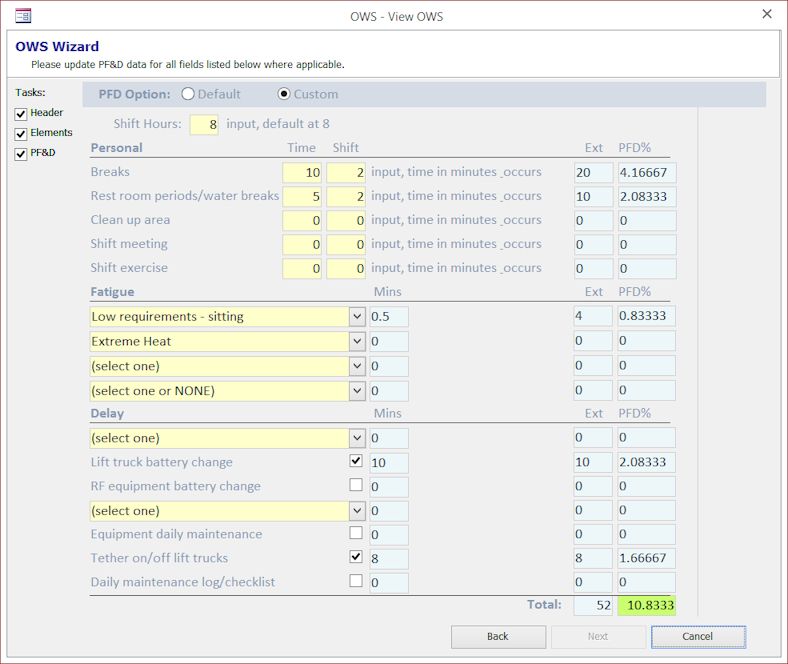
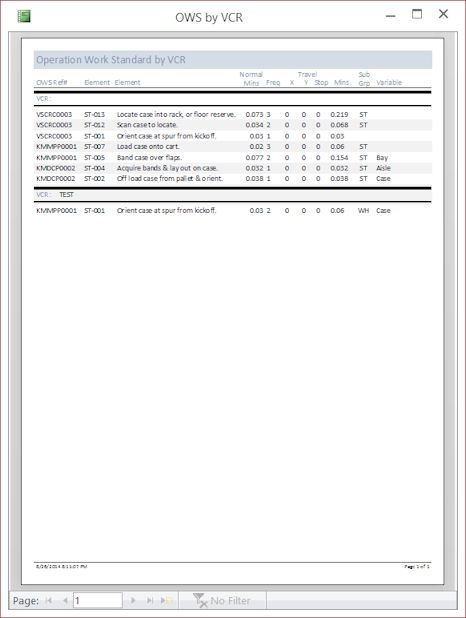
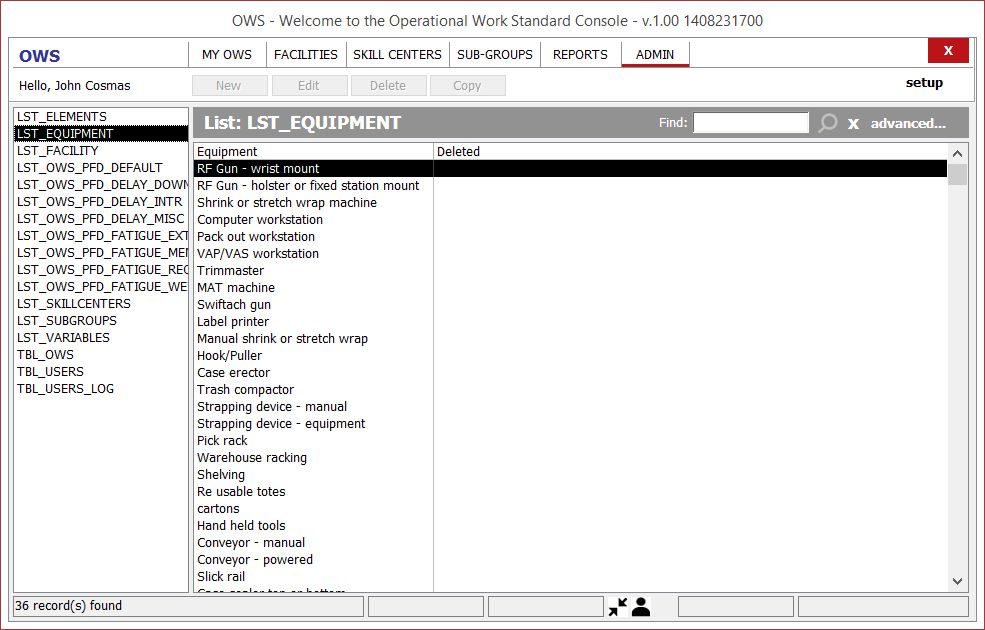
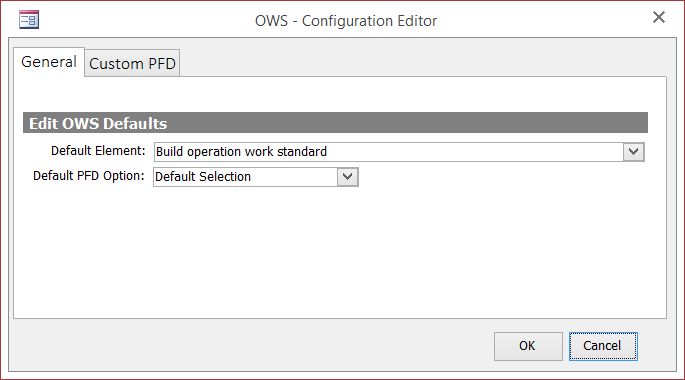
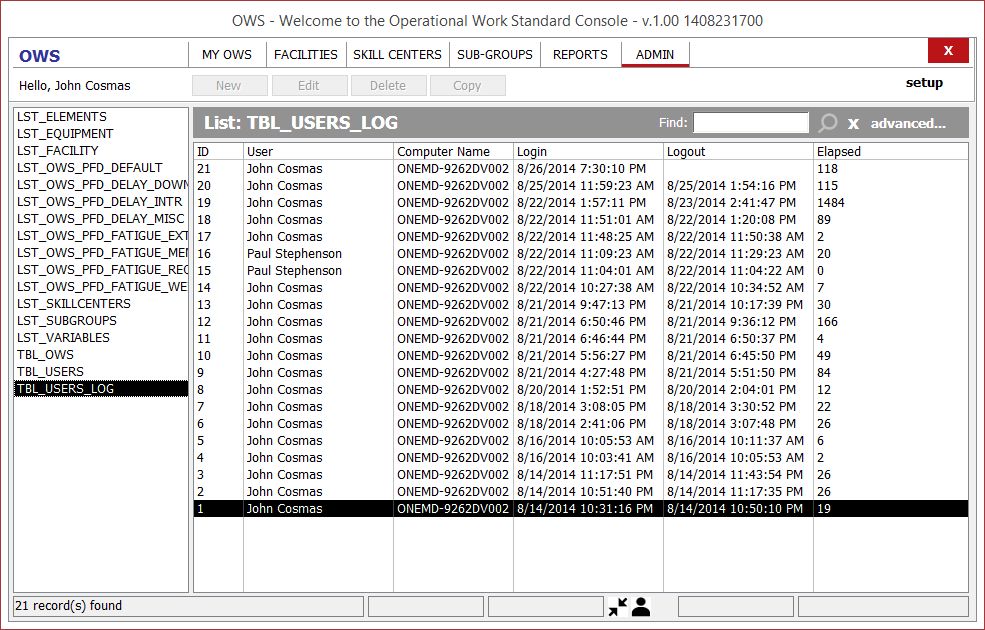
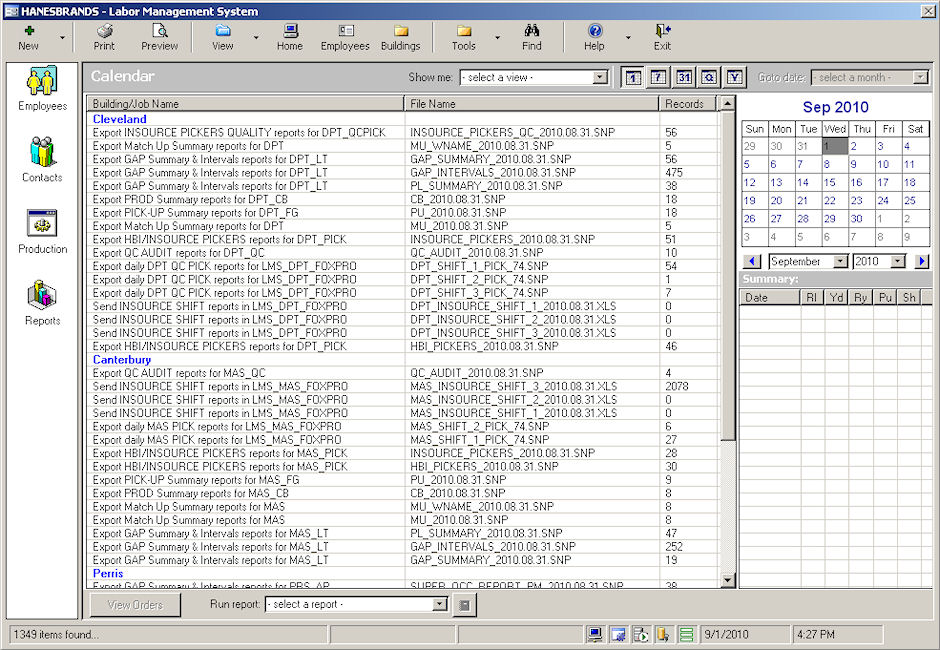
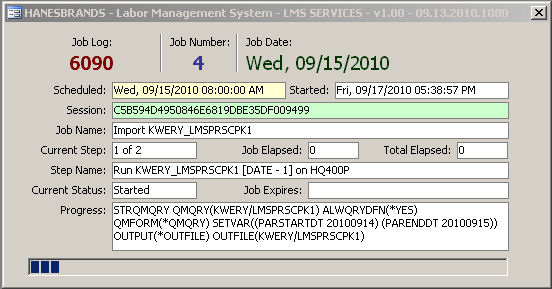
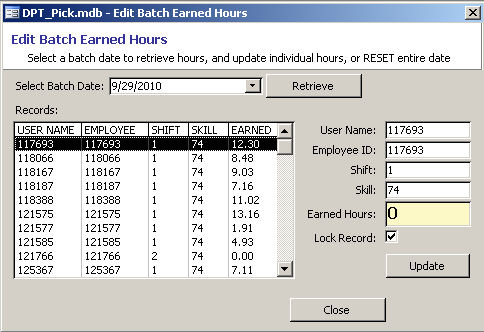
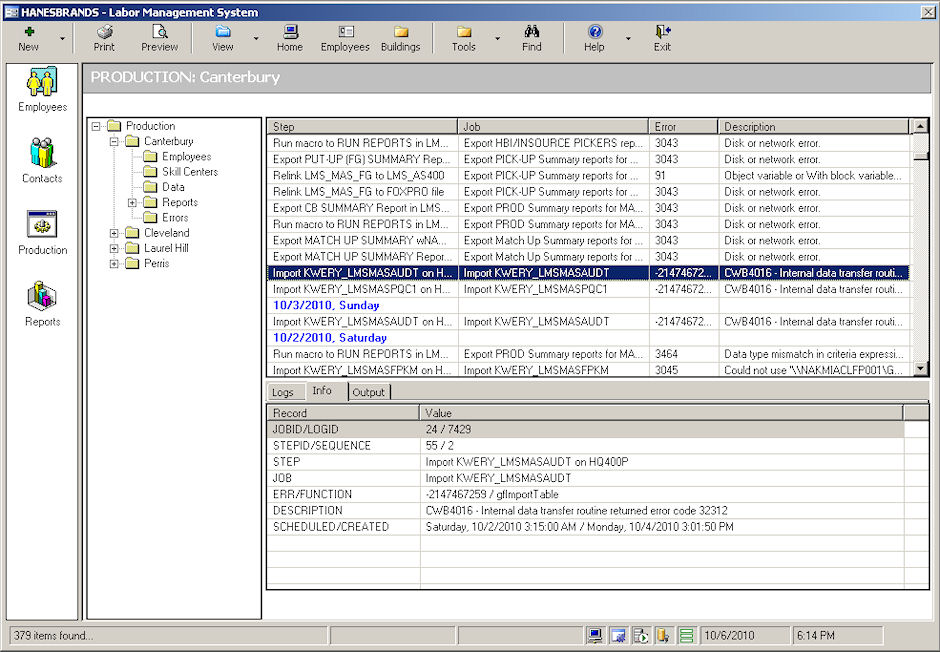
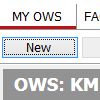
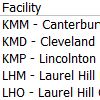
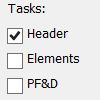
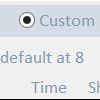
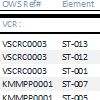
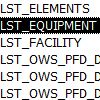
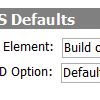

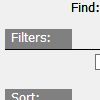



 Hanesbrands
Hanesbrands






